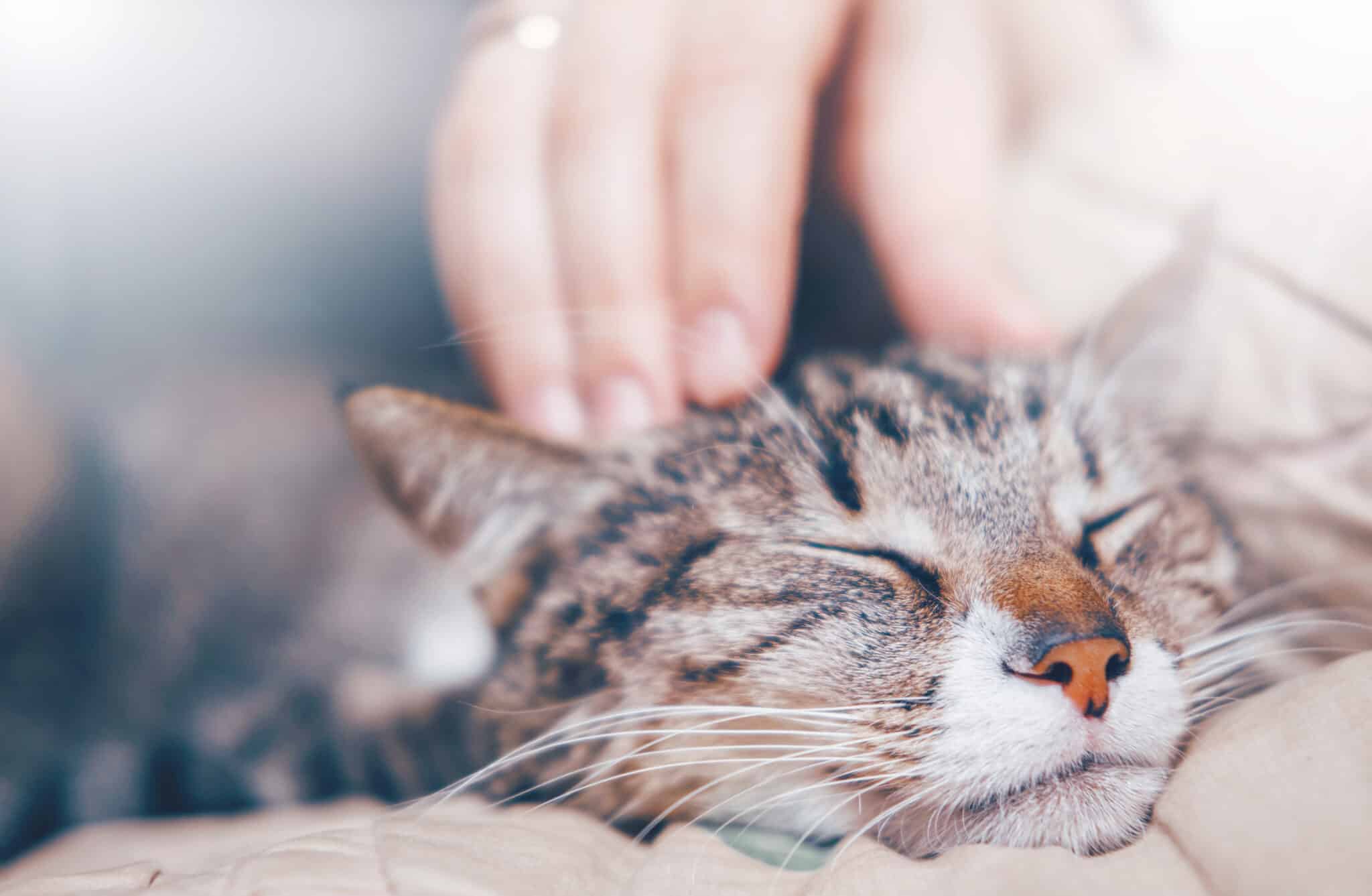Does Pet Insurance Cover Spaying and Neutering?
Spaying and neutering are considered elective procedures that are not generally covered by accident-only or accident-and-illness pet insurance policies. Spaying and neutering may be included in a pet insurance wellness plan, typically purchased as an add-on to a standard policy. Pet insurance wellness plans reimburse you a set amount for annual routine care services, including vaccines, parasite prevention, lab work, dental procedures, and spay and neuter surgeries.
When you compare the amount you pay in wellness plan premiums to the total amount available for reimbursement, you could save anywhere from $50 to $200 or more each year, depending on the policy.
How To Cover Your Pet’s Spaying or Neutering
Spaying and neutering have multiple health benefits for pets, but the cost may come as a surprise for new pet owners. Based on our research, a spay or neuter procedure could cost anywhere from $200 to $600. To offset costs, you can purchase pet health insurance that specifically covers these elective procedures.
Here are three recommendations for providers that cover neutering through preventative care plans or add-ons:
- Lemonade has a well-rounded and affordable pet insurance policy. The company includes extensive coverage for spaying and neutering in its preventative care add-ons for pets under 2 years old.
- Spot Pet Insurance offers customizable preventive plans with spaying and neutering coverage under its premium plan.
- ASPCA Pet Health Insurance is an experienced pet insurance provider that supplies well-rounded plans with add-on coverage for spaying and neutering.
We encourage you to get quotes from at least three pet insurance companies and compare policy details and prices.

Compare Pet Insurance Companies That Cover Neutering & Spaying
Use the table below to quickly compare the costs of adding spaying/neutering coverage to pet insurance plans.
Best Pet Insurance That Covers Spaying or Neutering
We compared each company on factors such as monthly pricing, industry reputation and covered treatments to determine our top recommendations. Below are our picks for the best pet insurance that covers neutering and spaying:
- Lemonade: Our Top Pick
- Spot: Most Customizable Coverage
- Figo Pet Insurance: Most Flexible Reimbursement Rates
- Embrace: Our Pick for Savings
- ASPCA Pet Health Insurance: Our Pick for Older Pets
- Prudent Pet Insurance: Highest Customer Ratings
- Pets Best Pet Insurance: Our Pick for Vet Direct Pay
How Much Does It Cost To Neuter Your Pet?
The cost of a spaying or neutering procedure depends on your pet’s species, location, health, weight and your veterinarian’s pricing scale. Neutering cats is less expensive than fixing dogs, and performing the procedure before the age of 6 months usually reduces costs. If your pet is obese or in poor health, you may face higher costs for neutering.
For your pet’s health and safety, it’s important to have animals neutered at the right age. Your vet will have more information on the ideal timeline and how much it will cost to have your pet neutered.
Here is a snapshot of the cost of spaying or neutering a dog and a cat based on data provided by Banfield Pet Hospital in various U.S. cities.
| Location | Houston, Texas | Orlando, Fla. | New York, N.Y. | San Francisco, Calif. | Washington, D.C. |
|---|---|---|---|---|---|
| Dog spay | $518 | $518 | $572 | $622 | $572 |
| Dog neuter | $454 | $454 | $500 | $545 | $500 |
| Cat spay | $338 | $338 | $373 | $406 | $373 |
| Cat neuter | $243 | $243 | $268 | $292 | $268 |
Note: Costs represent an average price based on quote ranges we gathered using Banfield Pet Hospital’s online estimation tool.
Should You Get Your Pets Spayed or Neutered?
Scheduling a neuter procedure is important when introducing a new puppy or kitten to your home. The surgery helps fight the overpopulation of stray animals and gives you, your family and your pet a few benefits. Neutering reduces your animal’s risk of certain health problems, extends their life expectancy and reduces aggression around humans or other animals, according to the North Shore Animal League.
Reduces Risk of Health Issues
According to Brown University, neutering your male dog or cat can prevent certain health problems and lead to a longer life. The procedure prevents testicular tumors and can lower the risk of prostate issues.
Scheduling a neuter procedure is important when introducing a new puppy or kitten to your home. The surgery helps fight the overpopulation of stray animals and gives you, your family and your pet a few benefits. Neutering reduces your animal’s risk of certain health problems, extends their life expectancy and reduces aggression around humans or other animals, according to the North Shore Animal League.
Specifically, spay surgery can prevent aggressive mammary tumors, uterine infections and erratic behavior during the reproductive cycle in females. Neutering can prevent prostate problems, testicular cancer, roaming and fighting with other males, but should not change a dog’s personality or its interactions with humans.
Reduces Risk of Health Issues
According to Brown University, neutering your male dog or cat can prevent certain health problems and lead to a longer life. The procedure prevents testicular tumors and can lower the risk of prostate issues.
A few benefits from a neutering procedure are species-specific. Neutering decreases the likelihood of tumors and hernias in dogs and can make cats less likely to roam, which can result in injury or disease from fighting.
Promotes Longer Life
With less risk of facing the conditions described above, your neutered cat or dog is statistically likely to live longer than an animal that does not get neutered, according to the Humane Society.
Reduces Animal Aggression
In addition to causing infertility, neutering a cat or dog stops the animal’s testosterone production. With less testosterone, your pet is less likely to roam the neighborhood in search of a mate, display aggression toward people or other animals, and engage in territorial behaviors like spraying.
However, the effects of spaying or neutering are not immediate. It can take two weeks or more for your pet’s testosterone levels to decline to the new normal after a neutering procedure.
Is Pet Insurance That Covers Neutering Worth It?
Spaying or neutering your pet can protect it from medical and behavioral issues, but the costs associated with surgery can be expensive. Purchasing a pet health insurance plan with a wellness add-on or a standalone preventative care plan can save you money on the procedure. This type of pet insurance can also help cover vaccines, deworming, parasite control and other first-year pet ownership costs.
Lemonade, Spot, and ASPCA Pet Health Insurance offer good options for covering your pet’s spay or neuter surgery. For pets that are already spayed or neutered, the overall cost of wellness plan premiums can reach the same amount available for reimbursement in a given year. However, wellness plans can pay for themselves and offer significant savings during the year when your pet needs a spay or neuter procedure.
Frequently Asked Questions About Neutering
Yes, the average waiting period for a pet insurance provider is 14 days. But your dog or cat does not need spaying or neutering until they’re 6 months old. If you bought pet insurance soon after your pet’s birth, you would be past this period by the time you need coverage.
Neutering is not classified as a pre-existing condition. However, many pet insurance companies consider neutering an elective procedure, so you typically pay extra for coverage.
Animal experts argue that pet insurance that covers neutering is worth the cost. Neutering helps to prevent further costs and health issues for your pet, such as testicular cancer and prostate issues. It also helps them avoid any injuries from fights they may experience when roaming or in heat.
How We Ranked Pet Insurance Companies that Covers Neutering and Spaying
We thoroughly researched each pet health insurance company on our list to determine rankings for the best providers offering coverage for spay and neuter procedures. Our assessment included reviewing and scoring each provider in the following areas:
- Policy availability in various states
- Affordable plan options, including spaying or neutering coverage
- Reimbursement amounts for spaying or neutering
- Ease and speed of the reimbursement process
- Additional plan perks for puppies and kittens
- Availability of direct vet pay

























